Introduction
In the vast culinary landscape of global flavors, Chinese cuisine stands out with its intricate blend of spices, diverse cooking techniques, and harmonious taste profiles. Among the myriad of dishes that embody these characteristics, stir-fried cumin lamb (孜然羊肉, Zīrán Yángròu) holds a special place. This dish, characterized by its fragrant cumin aroma, tender lamb pieces, and slightly spicy kick, is a staple in many Chinese restaurants and a delight for food enthusiasts worldwide.
Originating from the northwestern regions of China, particularly Xinjiang, cumin lamb is deeply rooted in the local culinary tradition. The region’s proximity to Central Asia has influenced its cuisine, incorporating spices like cumin, turmeric, and chili peppers. Stir-frying cumin lamb combines these exotic spices with the rich, succulent flavor of lamb, creating a dish that is both comforting and exhilarating.
In this article, we will delve into the art of stir-frying cumin lamb. From selecting the right ingredients to mastering the cooking technique, we will explore every step necessary to recreate this delicious dish at home. Whether you’re a seasoned chef or a home cook eager to expand your culinary repertoire, this guide will provide you with the knowledge and skills to perfect your cumin lamb stir-fry.
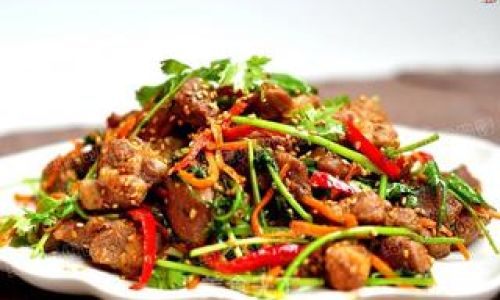
Chapter 1: Ingredients and Preparation
The success of any dish lies in the quality of its ingredients. Stir-frying cumin lamb is no exception. Here’s a detailed breakdown of what you’ll need and how to prepare them:
Lamb Selection
- Type of Lamb: Choose high-quality lamb shoulder or leg meat for optimal tenderness and flavor. Avoid using overly lean cuts, as some fat content is essential for juiciness and flavor.
- Cutting the Lamb: Slice the lamb into thin strips or small cubes, approximately 1/4 to 1/2 inch thick. Thinner cuts cook faster and more evenly, ensuring tender meat that doesn’t become dry or overcooked.
- Marinating: Marinate the lamb with a mixture of soy sauce, Shaoxing wine (or dry sherry), sesame oil, and a pinch of salt for at least 30 minutes. This step helps to tenderize the meat and infuse it with flavor.
Spices and Aromatics
- Cumin: The star of the dish, cumin seeds should be freshly toasted and ground for maximum aroma and flavor.
- Chili Peppers: Use dried red chili peppers or chili flakes to add a spicy kick. Adjust the amount according to your taste preference.
- Garlic and Ginger: Finely minced garlic and ginger provide a savory base for the stir-fry.
- Scallions: Cut into short lengths for a fresh, oniony flavor and crunchy texture.
- Other Spices: A pinch of turmeric powder adds an earthy, slightly bitter note that complements the cumin and lamb. White pepper can be used for a subtle heat.
Vegetables (Optional)
- Bell Peppers: Sliced bell peppers (red, yellow, or green) add color and sweetness to the dish.
- Carrots: Sliced thinly, carrots contribute a touch of crunch and sweetness.
- Celery: Finely sliced celery stalks add a crisp texture and a hint of bitterness.
Cooking Oil
- Vegetable Oil or Peanut Oil: These oils have a high smoking point, making them ideal for stir-frying.
Chapter 2: Cooking Techniques
Stir-frying cumin lamb requires precision and speed. Here’s a step-by-step guide to achieving the perfect dish:
Preparing the Wok or Pan
- Heating the Pan: Preheat your wok or large frying pan over high heat until it’s very hot. This ensures that the meat and vegetables cook quickly and evenly.
- Adding Oil: Pour in enough oil to coat the bottom of the pan. Swirl it around to ensure even distribution.
Stir-Frying the Lamb
- Adding Lamb: Once the oil is hot, add the marinated lamb pieces in a single layer, avoiding overcrowding. Stir-fry for about 2-3 minutes, until the meat is browned on all sides and cooked through. Remove the lamb from the pan and set it aside on a plate.
Cooking the Aromatics and Spices
- Adding Aromatics: In the same pan, add a little more oil if needed. Stir-fry the minced garlic, ginger, and chili peppers until fragrant, about 30 seconds to 1 minute.
- Adding Ground Spices: Add the ground cumin and turmeric, stirring constantly to toast the spices lightly and release their aroma. Be careful not to burn them, as this will make the dish bitter.
Combining Ingredients
- Returning Lamb: Add the cooked lamb back into the pan, stirring to combine with the aromatics and spices.
- Adding Vegetables (if using): If you’re incorporating vegetables, add them now. Stir-fry for another 2-3 minutes, until the vegetables are tender-crisp.
Seasoning and Finishing
- Soy Sauce and Sugar: Add a splash of soy sauce to taste, and a pinch of sugar to balance the flavors. Stir well to coat all ingredients evenly.
- Scallions: Finally, add the sliced scallions and stir-fry for another minute until they are wilted but still crisp.
Serving
- Plating: Transfer the cumin lamb stir-fry to a serving dish, garnishing with additional chopped scallions or fresh cilantro if desired.
- Accompaniments: Serve with steamed rice, noodles, or mantou (Chinese steamed buns) to soak up the delicious sauce.
Chapter 3: Tips and Variations
Stir-frying cumin lamb is a versatile dish that can be adapted to suit different tastes and dietary preferences. Here are some tips and variations to enhance your cooking experience:
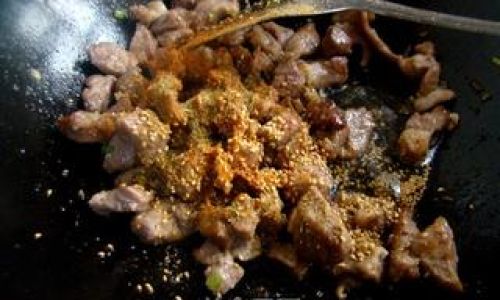
Adjusting Spiciness
- For a milder dish, reduce the amount of chili peppers or use sweet paprika instead.
- For a spicier version, add fresh chili peppers or chili oil during the final stages of cooking.
Incorporating Other Ingredients
- Add sliced bell peppers, carrots, or celery for added color, texture, and nutrition.
- For a heartier dish, include sliced potatoes or sweet potatoes, stir-fried until tender.
Using Different Cuts of Meat
- While lamb shoulder or leg are traditional choices, you can also use beef flank steak or pork tenderloin, adjusting cooking times accordingly.
Making It Gluten-Free
- Use tamari or gluten-free soy sauce to make the dish gluten-free.
Experimenting with Herbs
- Incorporate fresh herbs like cilantro, parsley, or mint at the end of cooking for a burst of fresh flavor.
Chapter 4: Troubleshooting Common Issues
Even the most experienced cooks can encounter challenges when stir-frying cumin lamb. Here are some common issues and solutions:
Overcooked Lamb
- Solution: Ensure the pan is very hot before adding the lamb. Stir-fry in small batches to avoid overcrowding and cook for just a few minutes until browned and cooked through.
Burnt Spices
- Solution: Toast spices lightly and stir constantly to avoid burning. Remove them from the heat as soon as their aroma is released.
Soggy Vegetables
- Solution: Add vegetables towards the end of cooking, stirring just until they are tender-crisp. Overcooking will make them soggy.
Greasy Dish
- Solution: Use just enough oil to coat the bottom of the pan. Drain excess oil if necessary, and serve the dish immediately to avoid it becoming greasy as it sits.
Conclusion
Stir-frying cumin lamb is a culinary journey that takes you from the bustling markets of Xinjiang to the comfort of your own kitchen. With the right ingredients, techniques, and a bit of practice, you can recreate this delicious dish at home, enjoying its fragrant aroma, tender meat, and spicy kick. Whether you’re serving it to family and friends or simply treating yourself to a homemade meal, cumin lamb stir-fry is a dish that promises to delight your taste buds and warm your soul.
As you experiment with this recipe, don’t be afraid to make it your own. Adjust the spices, incorporate new ingredients, and find the perfect balance of flavors that suit your taste. Remember, cooking is an art form that evolves through practice and creativity. Enjoy the process, and let the delicious aroma of cumin lamb fill your home with the essence of Chinese cuisine.
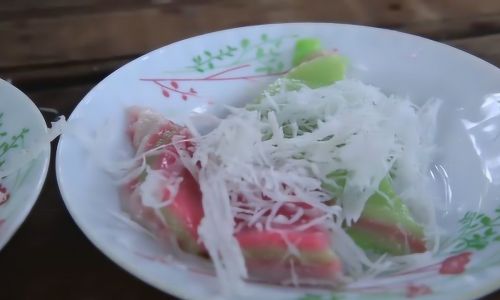

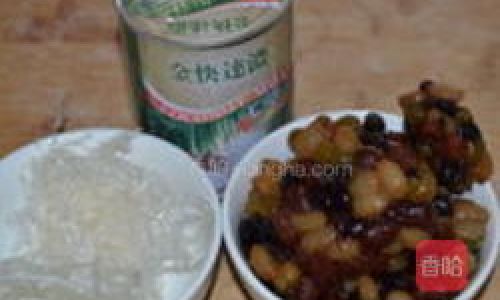
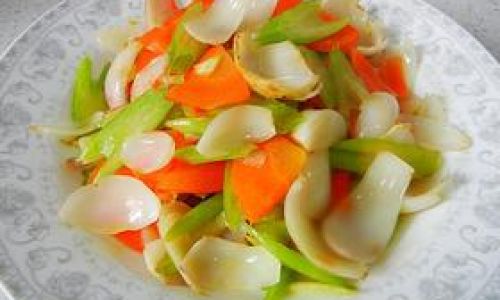
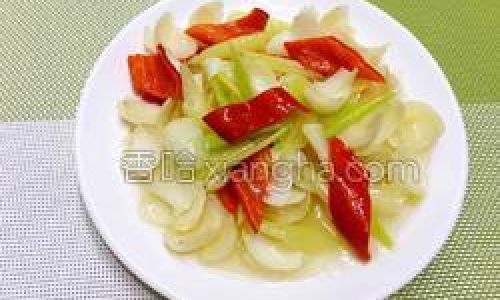

0 comments